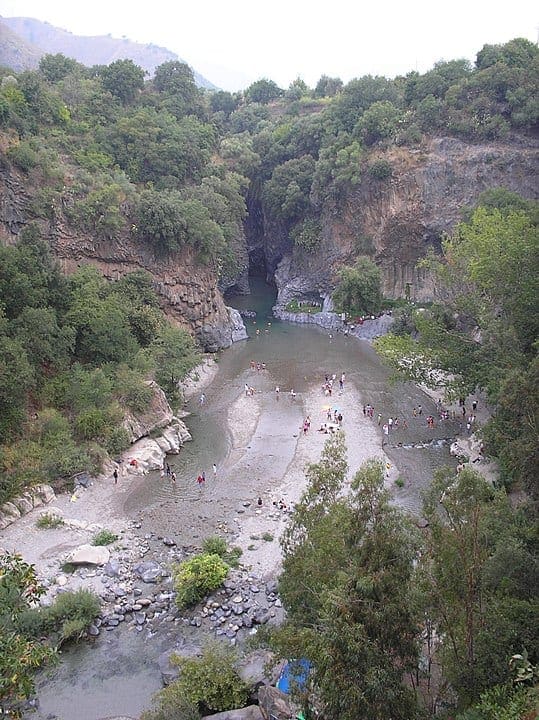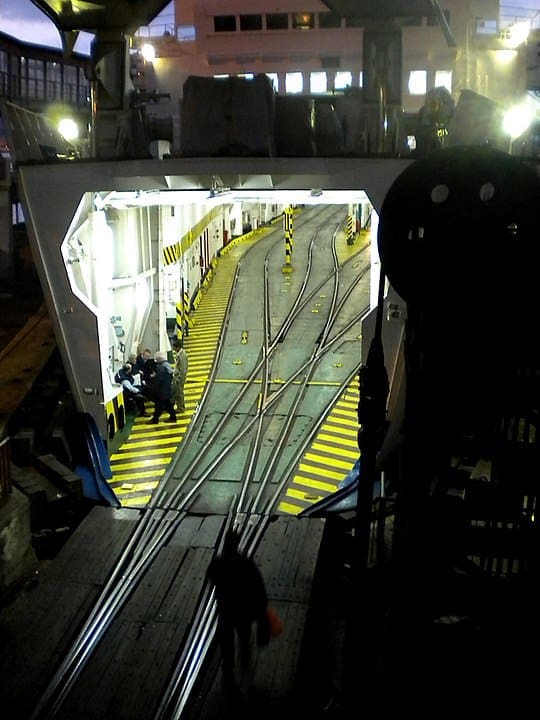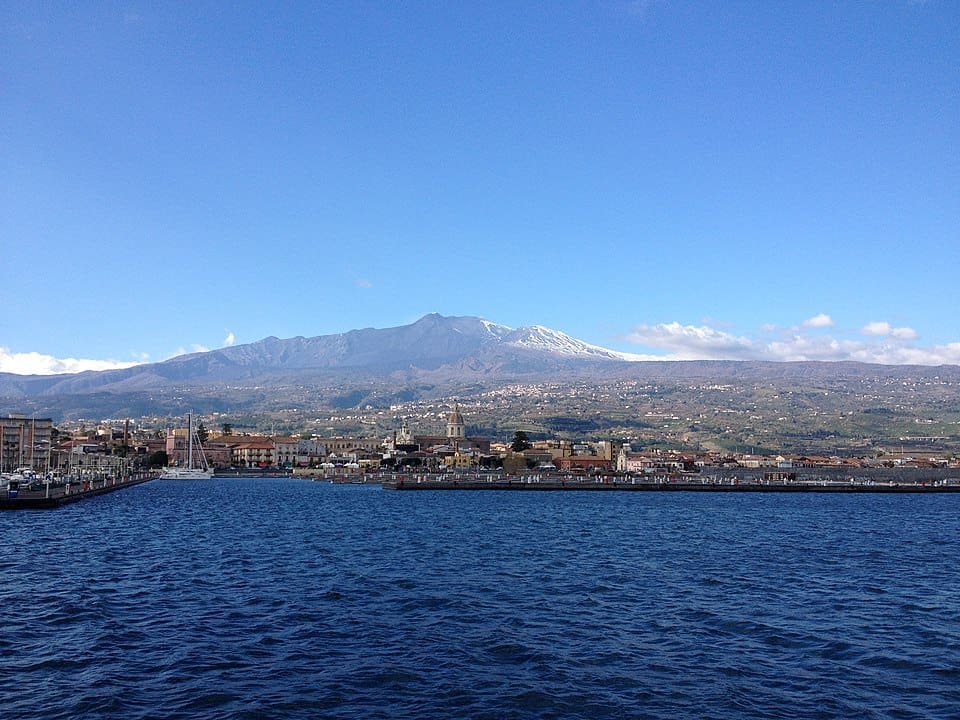
On the southwestern part of Italy’s mainland lie several islands. Of them, the biggest one is Sicily. It is not only the biggest of Italy’s islands but also the largest island in the Mediterranean Sea. One that many people love to visit, so I decided to create a Sicily travel guide.
Its being in the middle of the Mediterranean and in between the continents of Europe and Africa, and not being very hard to get to from Asia have led Sicily to have a language, culture and of course, history of its own.
History
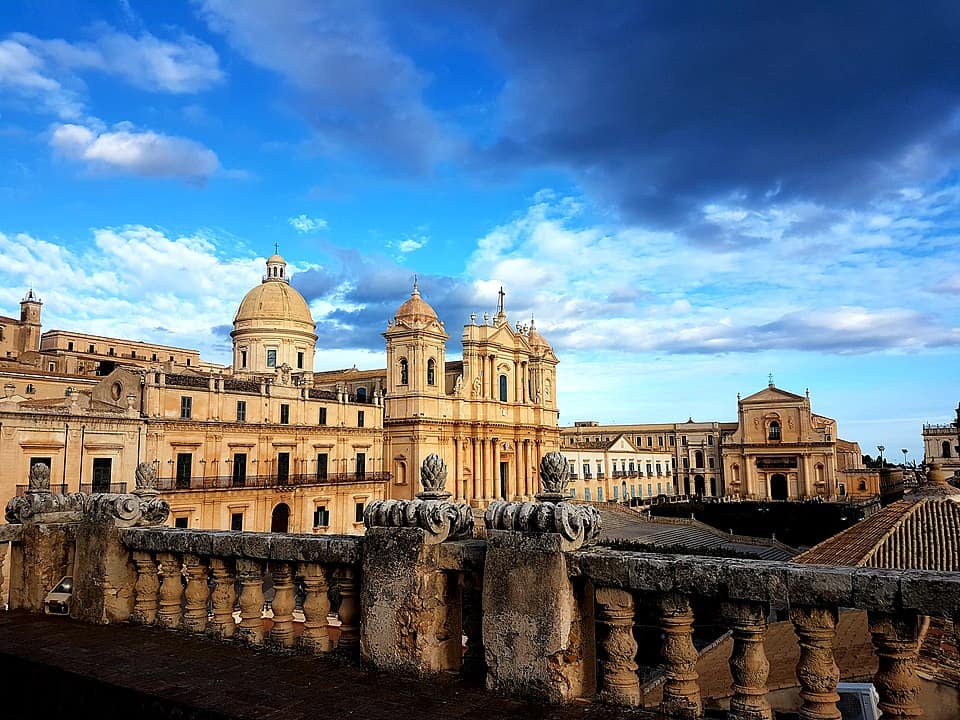
Sicily is known as a part of Italy today. It became a part of the country in 1860 but by then it had already been under the Phoenicians, Greeks, Romans, Normans, Germans, Byzantines and even the Spanish & Arabs.
What to see and do
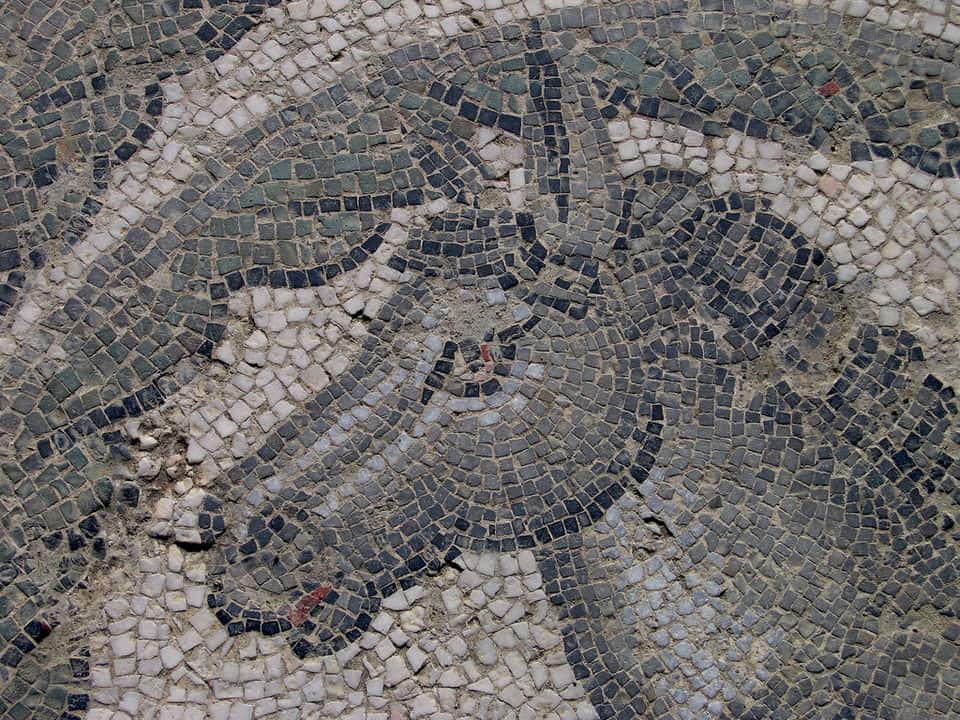
As a result of its stints under several ancient powerhouses, Sicily also has quite a long list of archeological sites that have become important tourist spots, making it an important part of a Sicily travel guide.
Many of the still-standing structures are Greek. Temples, theaters, mosaic floors, and other ruins have been unearthed and restored in different parts of the island. Taormina in the northeast, Syracuse in South, Agrigento in the southwest, and Palermo and Segesta in the north all have some of the most popular sights.
One place that tops most Sicily itineraries is the Valley of Temples. This area in Agrigento on the southern coast of the island is where visitors go to see ancient Greek temples. Also popular is the Temple of Apollo near Syracuse. Another famous Doric temple can be seen in Segesta on the northern coast. Yet another place to see temple ruins is Selinunte in the southwest. Sicily also has a large number of Greek theaters all over the island. Some of the easiest to get to are in Taormina and Syracuse. There’s one in Segesta too.
Arab influence can be seen at the chapel of the Royal Palace in Palermo. It is in the form of inscriptions, Islamic art & some ceiling features. It can also be seen in the local language & in the food of the island. The Arab invaders are said to have brought onto the island citrus fruits and pistachios.
Parts of the southeast of the island is a showcase of the Baroque period. The earthquake of 1693 brought about a lot of damage and the settlements had to be rebuilt and when that was done, they ended up being in Baroque style. These parts were under Spanish rule in those times. The town of Val di Noto is a good place to go see Sicilian Baroque.
If you head to Villa del Casale northwest from the Baroque area, you will see ruins of a Roman villa of the 4th century. The villa that has gone through several inhabitants, invasions, natural calamities & excavations is now a point-of-interest and the biggest attraction in it seems to be an ancient mosaic art found there.
Read my post on Top 10 Things to do in Sicily for more.
Geography
Apart from the many historical structures on it, Sicily’s landscape is also blessed with many natural features. There are mountains in the north and the south. And there’s a large plain with Europe’s largest volcano rising from it. Catania is the name of the area and it treats you with awe-inspiring views of Mt Etna. And if that’s not enough there are tours that take you closer to the volcanic mountain and even onto it! Whatever season it may be, you’ll find activities do on Mt. Etna.
The Mediterranean Sea’s largest island also has the Tyrrhenian to the north of it and the Ionian Sea to the east. It’s fortunate to have several beaches on all three of its coasts. Here, your choices range from rocky beaches to sandy ones. If you are on San Vito Lo Capo, you could also go snorkeling. Some of the islands around Sicily also give you diving and snorkeling opportunities.
Geological sites you can visit while in Sicily include limestone rock formations of Scala dei Turchi and a set of canyons and basaltic walls formed along river Alcantara. More gorges can be found at the gorges of Tiberius in Madonie Park. Going to see the Salt pans of Trapani is also an interesting thing to do on the island.
Food
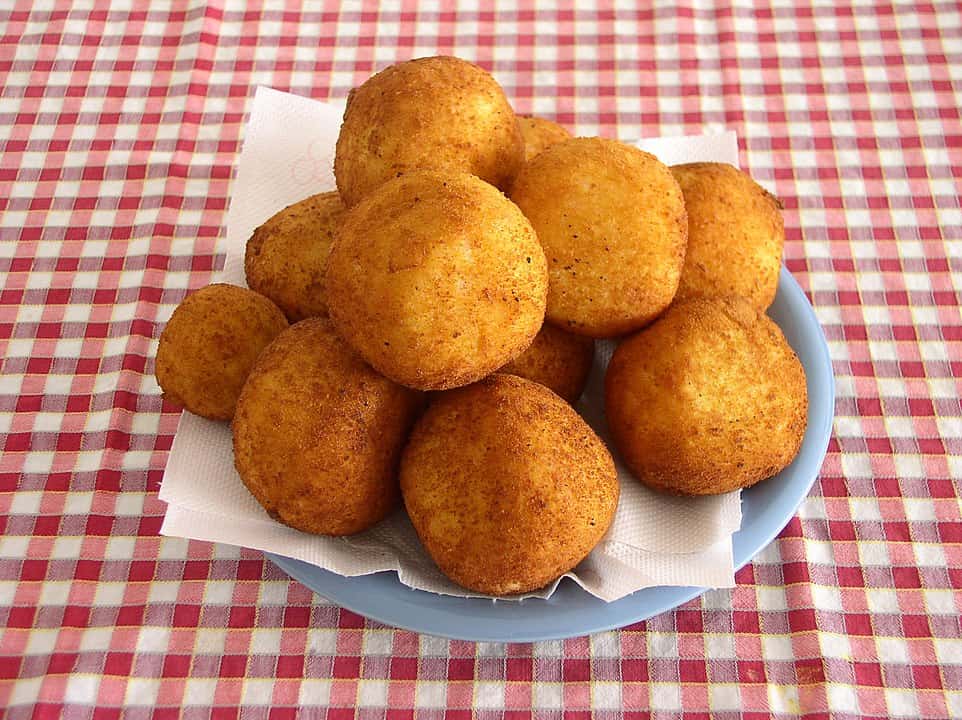
Sicily has developed a cuisine of its own, one that has been touched upon by the many invaders that came onto the island and spent time there. As such, a trip to Sicily also means tasting some dishes that are purely Sicilian and something that MUST be included in a Sicily travel guide!
On top of the things-to-try in Sicily is its famous Arancini – stuffed and fried rice balls. That is closely followed by the Cannoli – a tubular pastry filled with a creamy filling of ricotta. Cassata, also a dessert, this one, a cake topped with candied fruit, is another must-try. Then there’s Granita – Italian Shaved Ice.
While you are on this island remember the restaurants here are known to serve dishes with the freshest fish. The same goes for the produce used in the cooking here!
Other Sicilian specials you might want to try are U Pani cunzatu (a seasoned bread), Pane e panelle (Palermo’s chickpea Sandwich) & the flavored chocolate you’ll find in Modica.
Read — Best Restaurants in Sicily
Shopping

Now those Modica Chocolates will also make unique gifts to bring back from this island in Southern Italy. Other very-Sicilian things to shop for would be Sicilian wine, Cannoli & pistachio.
As for souvenirs or gifts to keep, my recommendations would be Majolica pottery (they can be plates or bowls or decorative figures that are easy to carry), lava stone jewelry & Sicilian puppets (you’ll find these in different sizes, too).
Accommodation
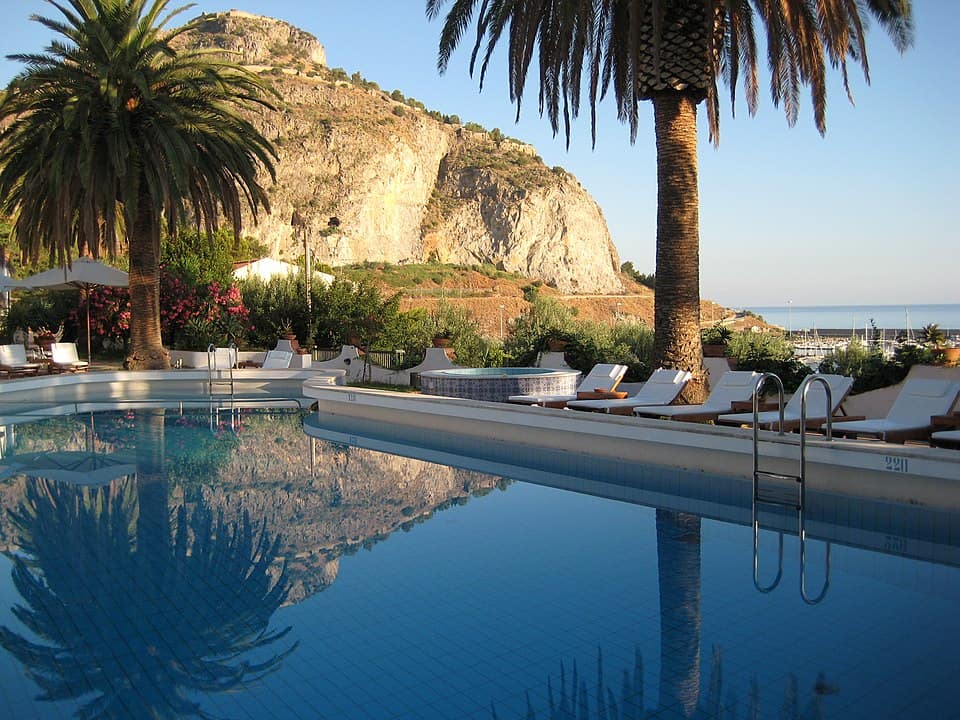
Where to stay is an important part of a Sicily travel guide. Sicily is a fairly large island — over 25,700 square kilometers to be precise — so there are several towns small and large, all over. Palermo and Taormina are some of the most popular areas for tourists to stay. However, you can pick your accommodations depending on what you want to do on the island and what parts you would like to spend more time in.
The big cities have lots of options in terms of hotels and vacation rentals where you can stay during your visit. If you’d like some quieter and not-so-touristy places to stay, you will be able to find bed and breakfasts in the villages and small towns of Sicily.
Transportation
There are many options to get you into Sicily. The island has airports – the busier ones are the airports of Catania and Palermo, which have several domestic and international services. There’s a small airport at Trapani with a few flights going out and coming in, mostly budget airlines.
There are several ferries connecting Sicily to the mainland as well as some of the islands around it. There are also rail ferries and car trains to Catania and Palermo.
Once on the island, you can book tours or rent taxis. You could also rent a car if you want to drive across the island but it might be difficult to navigate the traffic in big cities. If you’re in Palermo, you could opt for hop-on-hop-off tours rather than drive around in the not-so-organized traffic of the capital. It might be challenging for visitors to drive around in the Catania area, too.
If you are looking for budget-friendly ways to find your way around the island, there are trains to some of the major areas. And there are ample public buses connecting all the tourist spots on Sicily’s coastline.
Best Time to Visit
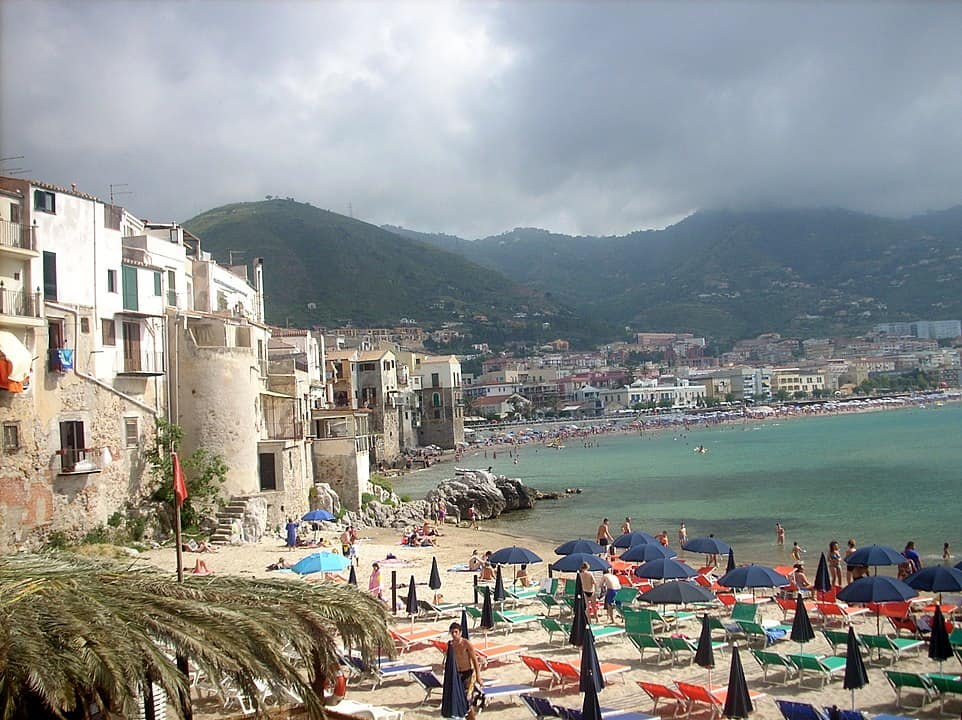
Sicily gets its most pleasant weather from April to early June and then in September and October, after which the rains come and go on through winter. Around Easter is when it’s peak tourist season on this Italian island.
If you don’t mind the heat, you can visit Sicily in the summer months.
Nearby Destinations
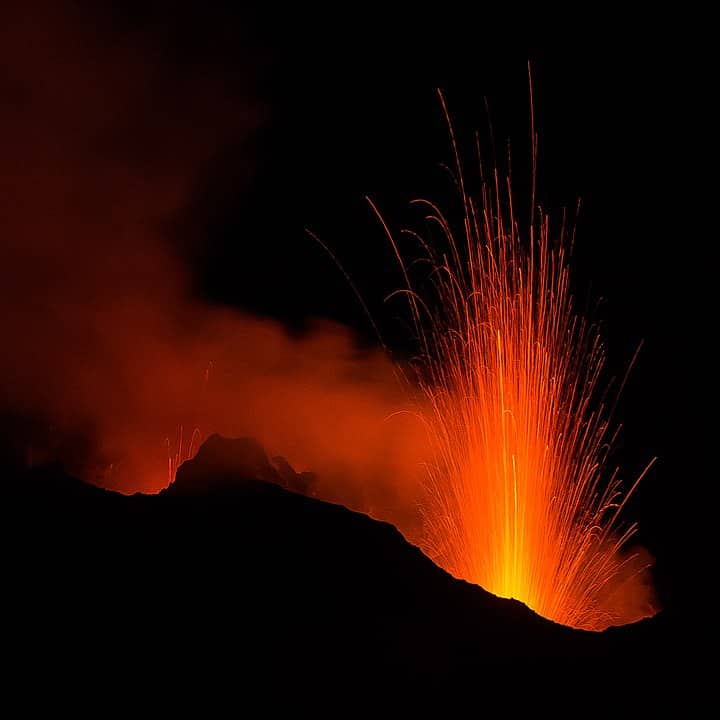
This may be a Sicily travel guide, but Sicily is situated in a place that makes it easy to make day trips to nearby islands, and there are many to choose from.
Favignana is less than an hour’s ferry ride away from Trapani. It’s a place to swim, bike around and see some wineries.
Also popular are the trips to the Aeolian Islands off the northern coast of Italy. The islands that make up the Aeolian Islands are Stromboli, Panarea, Volcano, Salina, Lipari, Filicudi & Alicudi. These islands offer various experiences like sulfur baths, swimming near fumaroles & hiking up a volcano, among others. You could also opt to do a hike up Stromboli after dark to watch the glow of the eruptions.
Apart from that, you could go hiking in Ustica or dive off its sides to see the rich fauna of the waters there. You can do the same in Pantelleria, too. Another sight to see on the island of Pantelleria is the Specchio di Venere or the Mirror of Venus, which is a lake that is fed by hot springs. You can swim and do mud baths there to complete your tour of the volcanically active belt of Southern Italy.
